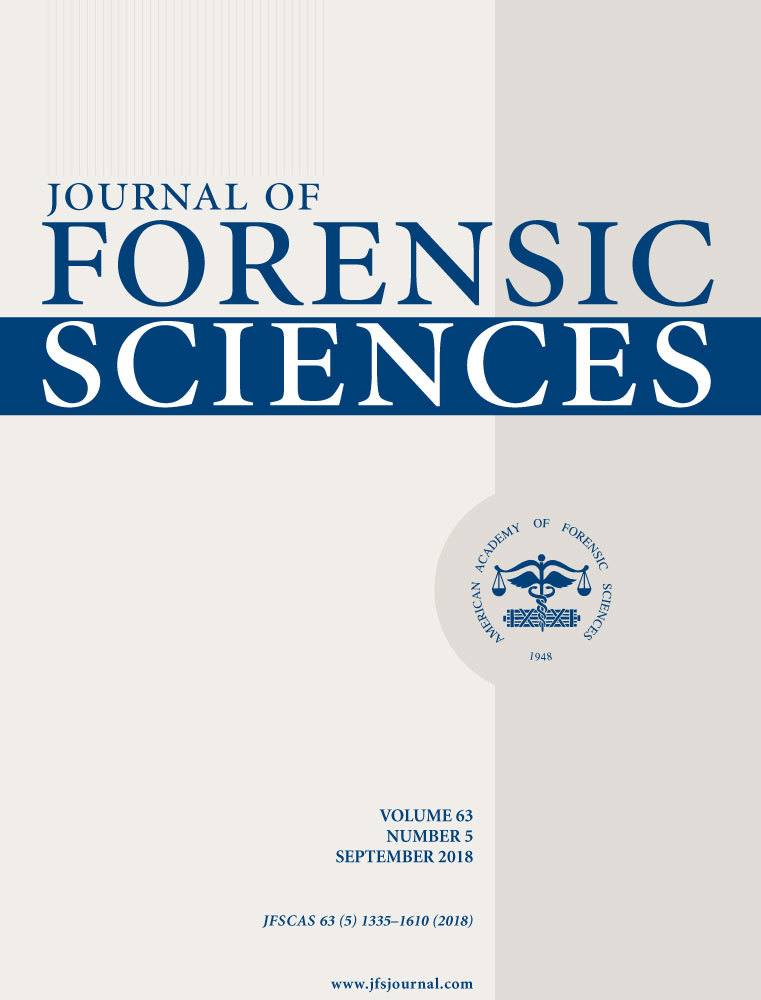Analysis of the Effect of Cyclophosphamide and Methotrexate on Chrysomya megacephala (Diptera: Calliphoridae)†,‡
Abstract
Forensic entomotoxicology investigates the effects of chemical substances in the development of scavenger insects and the reflection on estimating the minimum postmortem interval (PMI). To evaluate the impact of the chemotherapeutic drugs cyclophosphamide (CF) and methotrexate (MTX) on the postembryonic development of Chrysomya megacephala, controlled experiments were performed by rearing the larvae on spiked minced beef with different concentrations of these drugs. The results indicated that CF significantly decreased their developmental rate up to 28 h but had no significant effect on larval and adult sizes, survival rate, and sex ratio, whereas MTX decreased larval and adult sizes, survival rate, and there was a deviation in the expected sex ratio toward females in MTX-exposed larvae but had no significant impact on developmental rate. These negative interference factors should be considered in cases of suspected death of people that have undergone chemotherapy.




